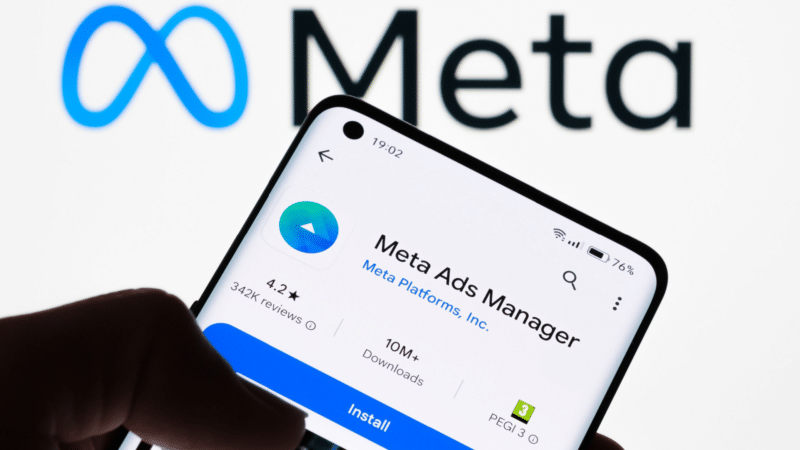
Meta Redefines Content Performance Measurement: Implications for Creators and Advertisers
In an age where content visibility directly influences engagement and profitability, Meta’s new focus on “views” as the primary metric for performance measurement across Facebook, Instagram, and Threads has sparked considerable conversation within the digital landscape. This significant shift not only impacts how creators and brands assess their content but also reshapes the intricate relationship between visibility and meaningful user interactions.
One of the pivotal changes implemented is the introduction of a universal “views” metric applicable to all types of content, including videos, photos, and text posts. Each time a post appears on a user’s screen or a video is played, a view is registered—even if it’s the same user viewing it multiple times. This fundamental alteration aims to unify the performance assessment methods for advertisers while providing enhanced tracking capabilities for content creators.
The addition of view counts displayed on Threads, akin to Instagram Reels and Stories, signifies an intent to increase transparency for creators. This update is projected to equip them with insights into their content’s reach. Nonetheless, the overall value of such transparency for casual users remains a topic of debate, particularly when considering that engagement rates may not necessarily accompany higher view counts.
With this paradigm shift, creators and brands will benefit from a more straightforward method of measuring performance across platforms. Adam Mosseri, the head of Instagram, emphasized how this consistency serves to simplify strategy formulation for influencers and brands alike. By concentrating on views, they can streamline their promotional efforts based on a single, easily measurable metric.
However, the implications for advertisers prompt critical reflection. While aligning the content measure with visibility may appear beneficial, it raises questions about the correlation between higher view counts and meaningful engagement. Advertisers need to assess whether increased views lead to higher clicks, conversions, or sustained interactions that drive business objectives. Such considerations are instrumental in devising effective marketing strategies tailored to the evolving landscape of digital content consumption.
This industry shift mirrors similar moves by other social platforms, such as X (formerly known as Twitter), emphasizing visibility over engagement quality. Critics of this approach argue that merely counting views is insufficient without contextual data on user interaction and intent. As such, the reliance on views as a singular metric may obscure the nuanced understanding necessary for cultivating genuine engagement.
Moreover, integrating this shift into practices such as URL shorteners and link management platforms is crucial for maximizing the impact of digital marketing efforts. URL shorteners enhance the usability of content shared in social posts, particularly when metrics like click-through rates become paramount alongside view counts. Streamlined link management can lead to improved tracking of user interactions, thereby presenting a clearer picture of content effectiveness.
In conclusion, Meta’s decision to prioritize views reaffirms its commitment to maximizing content visibility and enhancing user engagement—an approach that aligns with contemporary marketing practices but necessitates a deeper understanding of engagement metrics. As the digital landscape continuously evolves, staying abreast of these changes becomes imperative for creators and marketers striving to leverage their messaging effectively.
#BitIgniter #LinksGPT #UrlExpander #UrlShortener #DigitalMarketing #ContentStrategy #SocialMediaMarketing
Want to know more: Read more


